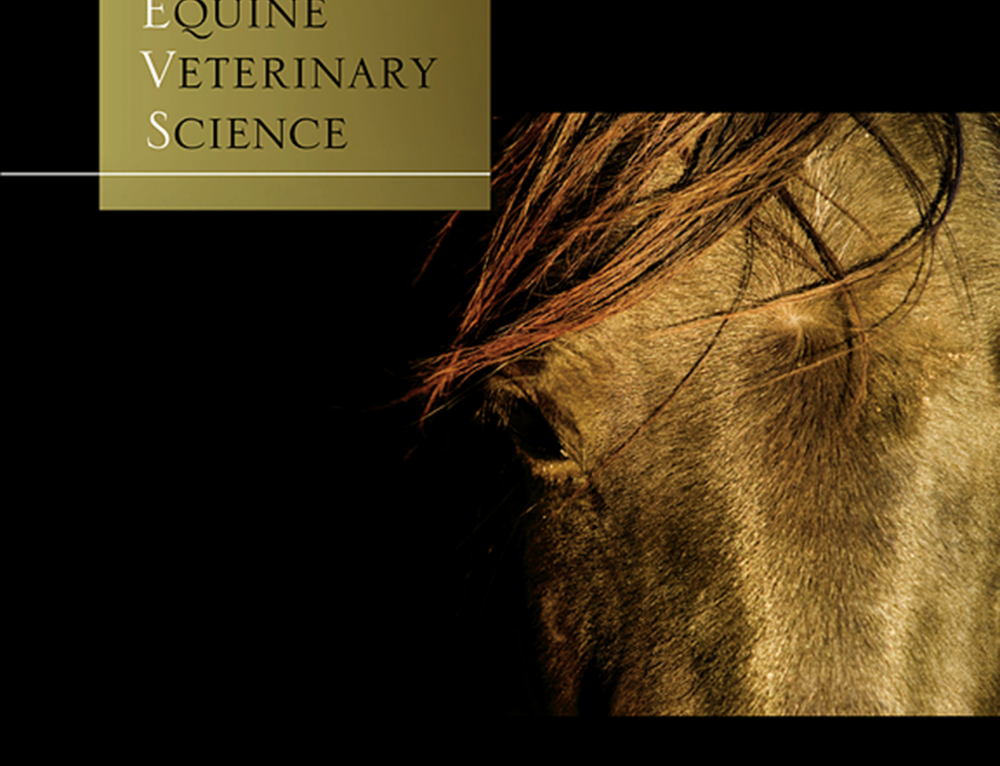Worms that affect horses are everywhere and all horses are continually being exposed and infected with worms. For this reason, prevention of worm problems in horses is one of the most important aspects of horse husbandry and veterinary medicine. Common worms that affect horses: small strongyles (cyathostomes), large strongyles, roundworms, pinworms, tapeworms and bots.
How do I know if my horse has a worm problem?
– Common clinical signs: Weight loss, diarrhoea, colic and tail rubbing.
– Perform a faecal egg count: A cheap and simple test to determine your horse’s level of infection.
This test is vital in setting up a ‘strategic worming program’ where horses are only wormed when they have high egg counts. This will save you money on unneccessary worming paste and will also help prevent worms becoming resistant to the chemicals in worming pastes.
Which wormer should I use?
To minimise the development of resistance it is important to choose a highly effective wormer, for example: ‘Equest Plus Tape’. In addition, each year you should change the active ingredient that you worm with, for example in 2014 when worming is required (based on high FEC) worm with ‘Equest Plus Tape’ (Moxidectin + Praziquantel), then in 2015 when worming is required, worm with ‘Equimax’ (abamectin based).
How often should I worm my horse?
We recommend a ‘strategic drenching program’, which uses faecal egg counts to monitor the levels of worms present. Faecal egg counts should be performed every 6-8 weeks instead of just worming every 8 weeks. With a program such as this, drenching can be significantly reduced. This is desirable as the chance of developing resistance increases with the frequency of drenching.
What is ‘resistance’ and how can I help prevent it?
Resistance is the decreasing effectiveness of worming treatments. It occurs when worms develop a tolerance to the killing effects of the wormer and is becoming a serious problem in veterinary medicine. Always ensure you: use the correct dose of anthelmintic (know your horse’s correct weight), ensure the horse receives the whole dose (doesn’t spit it out) by placing the paste as far back on the tongue as possible and encouraging the horse to swallow by rubbing the throat, rotate drenches every 12 months.
Other management strategies
Remove faces from the paddocks regularly, feed horses in feed bins, preferably off the ground, keep stocking rates as low as possible, segregate horses according to age, and keep the youngest horses on the least contaminated pasture, worm all horses in a group at the same time, mixed grazing with sheep or cattle or prolonged spelling of pasture can help to reduce contamination, worm all new horses before they enter the property, and wait 48 hours before introducing them to pasture.







